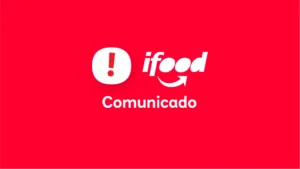Worldwide, 17% of the food produced is thrown away, according to the United Nations —and most of it ends up being wasted by consumers at home.
To date, solutions for reduce food waste They often involved the use of plastics and chemicals such as chlorine, hydrogen peroxide and others that eliminate microorganisms and extend the shelf life of fruits and vegetables.
But, with the growing demand for reducing the use of plastic in the food chain, new technologies are emerging to preserve food fresh for longer, reports a BBC Future article.
One of them is the edible coating on fruits and vegetables, which are covered by a film of protective material that can be consumed with the food. In the UK, this artificial coating is already used on apples, oranges, lemons and other fruits to help conserve moisture and extend shelf life.
In addition to them, researchers are experimenting with different substances, such as the protein secreted by silkworms, chitosan (a sugar from the shellfish's external skeleton), cashew gum, fish gelatin and cellulose and algae derivatives. .
The function of all of them is to form a thin membrane on the surface of the food. This reduces gas and water vapor transfer, which limits browning and loss of aroma and extends shelf life.
A recent study, reports the BBC, covered strawberries with chitosan and a substance isolated from whey protein and, in doing so, increased the shelf life of the fruit by 60% when kept in the refrigerator. Tomatoes covered with chitosan and green algae remained almost perfect even a month after being harvested.
Nano-treatment
Another solution is the use of nanomaterials, which are thousands of times smaller than a strand of human hair. This is because, by reducing the particles, they perform better as a coating, as they gain more resistance and barrier properties.
A study done on strawberries showed that after a week, most strawberries stored at room temperature became covered in fungus. Among those coated with chitosan and nanosilver, only 10% spoiled. The carrots lasted even longer: 70 days, compared to four of those without the nanosilver coating.
These nanoparticles are also powerful antimicrobials and can be added to plastic packaging to extend the shelf life of fruits, vegetables or greens.
For these new technologies to be widely adopted, some security issues will still need to be overcome. In research carried out with mice and rats, ingestion of zinc oxide nanoparticles caused liver and kidney damage. And the silver ones poisoned the worm Caenorhabditis elegans and human cells.
Therefore, scientists and companies are still studying other methods of keeping fruits and vegetables fresh and safe for consumption for longer. BBC Future cites plasma-activated water, ozone treatments, high-power ultrasound and bacteriocins (antimicrobial peptides or proteins produced by certain bacteria) as examples.


